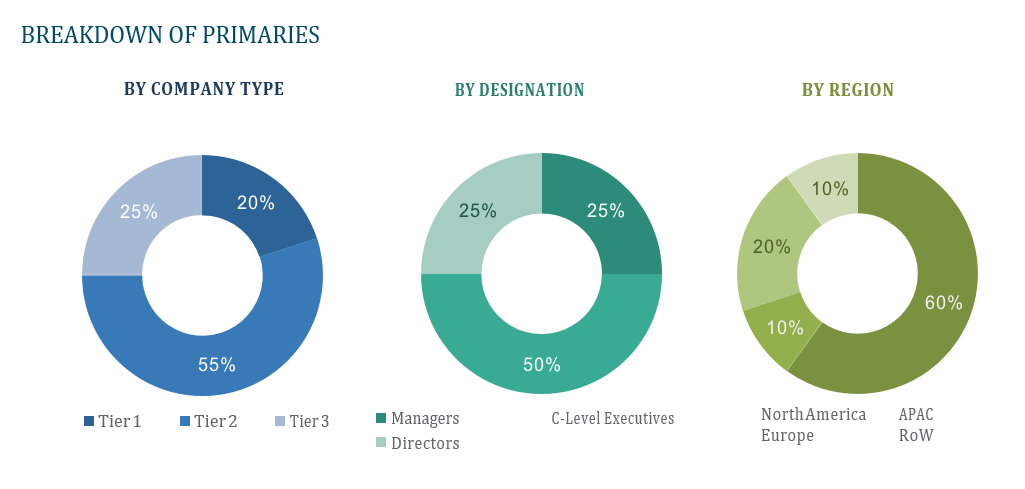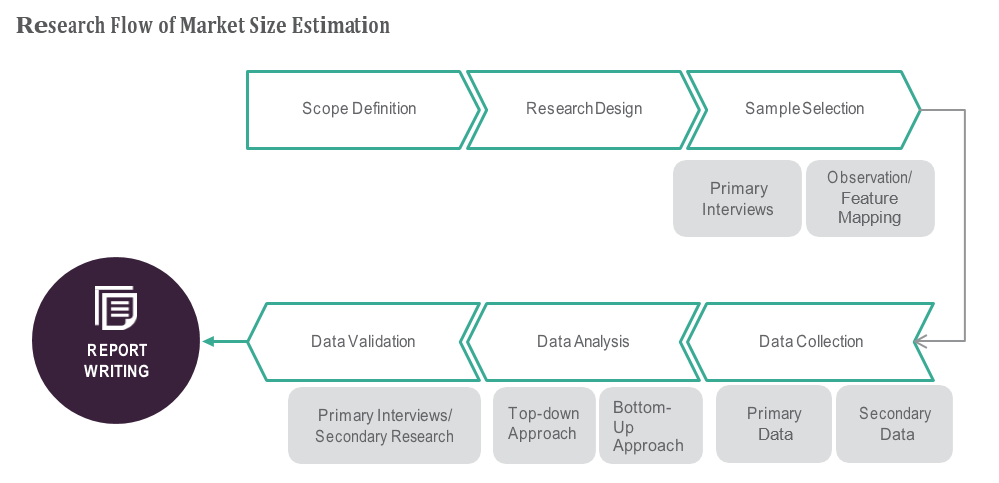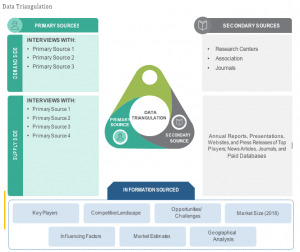OVERVIEW
Research by Global Market Studies has reported a CAGR of 5% for the Instrumentation Valves and Fittings Market, expecting to expand to a value of USD 4.65 billion by 2028.
Instrumentation valves and fittings are essential components in industrial processes for controlling fluid flow and ensuring accurate measurement, regulation, and isolation. Key components include valves for regulating flow rates and fittings for complex fluid distribution systems.
Instrumentation valves and fittings are essential for process control, measurement, oil and gas industry, power generation, water treatment, aerospace and defense, automotive, petrochemical, and HVAC systems. They regulate fluid flow, prevent accidents, and ensure proper operation in various industries.
Table of Content
Market Dynamics
Drivers:
Industrial growth, strict regulations, technological advancements, infrastructure development, oil and gas exploration, environmental concerns, and maintenance and replacement demand for instrumentation valves and fittings. These industries demand precise control, measurement, and regulation of fluid flow, ensuring compliance and preventing accidents.
Technological advancements, such as smart valves with remote monitoring, improve efficiency and reduce downtime. Infrastructure projects, such as pipelines, water treatment plants, and power generation facilities, require valves and fittings for efficient fluid control systems. Energy exploration in the oil and gas sector demands valves and fittings that can withstand harsh conditions and regulate fluid flow in complex extraction processes.
Environmental concerns demand valves and fittings that optimize energy consumption and minimize environmental impact. Regular maintenance and replacement of valves and fittings are essential for maintaining and repairing aging infrastructure and equipment.
Opportunities:
Industrial growth, strict regulations, technological advancements, infrastructure development, oil and gas exploration, environmental concerns, and maintenance and replacement demand for instrumentation valves and fittings. These industries demand precise control, measurement, and regulation of fluid flow, ensuring compliance and preventing accidents. Technological advancements, such as smart valves with remote monitoring, improve efficiency and reduce downtime. Infrastructure projects, such as pipelines, water treatment plants, and power generation facilities, require valves and fittings for efficient fluid control systems.
Energy exploration in the oil and gas sector demands valves and fittings that can withstand harsh conditions and regulate fluid flow in complex extraction processes. Environmental concerns demand valves and fittings that optimize energy consumption and minimize environmental impact. Regular maintenance and replacement of valves and fittings are essential for maintaining and repairing aging infrastructure and equipment.
Restraints:
Instrumentation valves and fittings face several challenges, including high initial costs, complex installation and maintenance, volatile market conditions, competition from alternative technologies, regulatory challenges, and supply chain disruptions. High initial costs can be a constraint for industries with budget constraints, especially those with cost-effectiveness concerns.
Complex installation and maintenance can be challenging for industries with limited technical expertise or resources. Volatility in demand, competition from alternative technologies, and regulatory challenges can also impact purchasing decisions and investments. Regulatory challenges require manufacturers to continually update their products to meet evolving requirements, while supply chain disruptions can affect the availability of critical components.
Regional Information:
North America: The United States and Canada have a well-established market for instrumentation valves and fittings, driven by industries like oil and gas, chemicals, and manufacturing. The demand for smart valves and advanced technologies is also strong in this region.
Europe: Countries in Europe, including Germany, the United Kingdom, and France, have a robust demand for instrumentation valves and fittings due to their strong industrial base and emphasis on quality and safety standards.
Asia-Pacific: Rapid industrialization in countries like China, India, and Southeast Asian nations has led to significant growth in demand for valves and fittings. The region’s energy and infrastructure projects are major contributors to this demand.
Recent Developments:
• In November 2022, IMI Saudi Industry, a subsidiary of IMI Critical Engineering, unveiled a new 5,000 m2 facility in Dammam that will supply innovative valve solutions and strengthen national manufacturing capabilities in line with the Saudi Arabian government’s plans to localize key products.
• November 2022: James Walker introduced the Supagraf HT valve stem seal for molten salt media. It can bear ultra-high temperatures combined with chemically aggressive and corrosive media such as molten salts, providing some of the most demanding conditions for valves, process equipment, and products used to seal such applications.
Key Players:
Schlumberger Limited, Emerson Electric Co., Flowserve Corporation, IMI, and Crane Co.
Frequently Asked Questions
1) What is the projected market value of the Instrumentation Valves and Fittings Market?
– The Instrumentation Valves and Fittings Market is expected to reach a value of USD 4.65 billion by 2028.
2) What is the estimated CAGR of the Instrumentation Valves and Fittings Market over the 2023 to 2028 forecast period?
– The Instrumentation Valves and Fittings Market is expected to grow at a CAGR of approximately 5% from 2023 to 2028.
3) Who are the key players in the Instrumentation Valves and Fittings Market?
– Schlumberger Limited, Emerson Electric Co., Flowserve Corporation, IMI, and Crane Co.
4) What are the drivers for the Instrumentation Valves and Fittings Market?
– Industrial growth, regulations, technology, infrastructure development, oil and gas exploration, environmental concerns, and maintenance demand instrumentation valves and fittings for precise control, measurement, and regulation.
5) What are the restraints and challenges in the Instrumentation Valves and Fittings Market?
– Instrumentation valves and fittings face challenges like high initial costs, complex installation, volatile market conditions, competition, regulatory, and supply chain disruptions.
6) What are the key applications and offerings of the Instrumentation Valves and Fittings Market?
– Instrumentation valves and fittings are essential for process control, measurement, oil and gas industry, power generation, water treatment, aerospace and defense, automotive, petrochemical, and HVAC system.
7) Which region is expected to drive the market for the forecast period?
– Asia Pacific has the highest value share in the global market and is expected to dominate shares in forecast period.
Why Choose Us?
Insights into Market Trends: Global Market Studies reports provide valuable insights into market trends, including market size, segmentation, growth drivers, and market dynamics. This information helps clients make strategic decisions, such as product development, market positioning, and marketing strategies.
Competitor Analysis: Our reports provide detailed information about competitors, including their market share, product offerings, pricing, and competitive strategies. This data can be used to inform competitive strategies and to identify opportunities for growth and expansion.
Industry Forecasts: Our reports provide industry forecasts, which will inform your business strategies, such as investment decisions, production planning, and workforce planning. These forecasts can help you to prepare for future trends and to take advantage of growth opportunities.
Access to Industry Experts: Our solutions include contributions from industry experts, including analysts, consultants, and subject matter experts. This access to expert insights can be valuable for you to understand the market.
Time and Cost Savings: Our team at Global Market Studies can save you time and reduce the cost of conducting market research by providing comprehensive and up-to-date information in a single report, avoiding the need for additional market research efforts.












